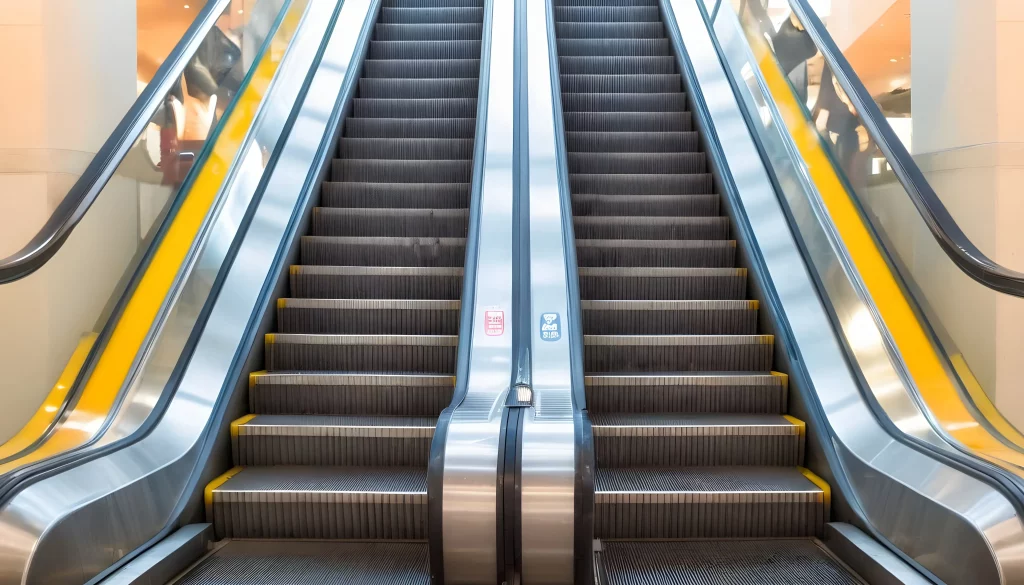When stepping onto an escalator, most of us don’t think twice about the potential risks involved. We’re more concerned about making it to our next destination, whether it’s the next floor of a shopping mall or the platform of a subway station. But beneath the surface of this mundane activity lies a surprising level of danger that many of us overlook. In this article, we’ll dive into the world of escalator safety—or the lack thereof—and uncover some startling statistics and stories that may make you think twice the next time you hop on to ride.

How to Protect Yourself from Escalator Injuries (PDF)
Shocking Escalator Injury Statistics
At first glance, escalators seem like a safe and efficient way to move between floors. However, research and data paint a different picture, revealing that escalators are more hazardous than many realize. A comprehensive study published in the Western Journal of Emergency Medicine shines a light on the reality of escalator injuries in the United States, with about 10,000 incidents reported annually. This study, which analyzed emergency room data over an 11-year period, uncovered some concerning trends:
- Gender and Timing: 50% of escalator injury victims are female, with a significant portion of accidents involving women occurring on Tuesdays and between noon and 6 PM. For men, accidents were more frequent on Saturdays and in the evening hours from 6 PM to midnight.
- Age Matters: The majority of victims were over 60 years old, highlighting a particular vulnerability among the elderly.
- Location of Injuries: Injuries in women were predominantly to the lower extremities, while men suffered more from head and neck injuries, indicating falls.
- Hospitalization: Approximately half of the victims required hospitalization, with 55% staying in the hospital for more than 24 hours.
These statistics reveal the urgent need for increased awareness and safety measures surrounding escalator use.
Serious Escalator Accidents: A Closer Look
Beyond the numbers are real stories of devastating escalator accidents that have had life-altering, and sometimes fatal, consequences. Notable incidents include:
- Tragic Malfunctions: In 2015, a horrifying incident in China saw a mother lose her life when the escalator platform cover collapsed beneath her. In a final act of heroism, she managed to save her child by pushing them to safety.
- Unexpected Reversals: Hong Kong witnessed a shocking event when an escalator suddenly reversed direction, causing over 18 people to collide and fall, with one individual sustaining a severe head injury.
- Severe Injuries: Across various incidents, people have suffered from amputations, broken bones, and other serious injuries due to escalator malfunctions and accidents.
The Underlying Issues with Escalator Safety
A significant factor contributing to escalator dangers is the lack of significant technological advancements since their inception. The first escalator, a wooden contraption, was patented in 1892 and has seen little fundamental change since. This stagnation in design innovation means that many of the escalators in operation, including historical wooden models in places like Macy’s Department Store in New York City, comply with safety codes but may not incorporate modern safety features or designs to mitigate accidents.
Conclusion
Understanding the risks associated with escalator use is the first step towards prevention. Here are some safety tips to keep in mind:
- Stay Alert: Always hold onto the handrail and stand firmly on the step.
- Mind Your Step: Pay attention when getting on and off the escalator.
- Safe Practices: Avoid loose clothing or footwear that could get caught in the escalator.
Escalators, a common feature in our daily environments, hold hidden dangers that warrant attention and caution.

